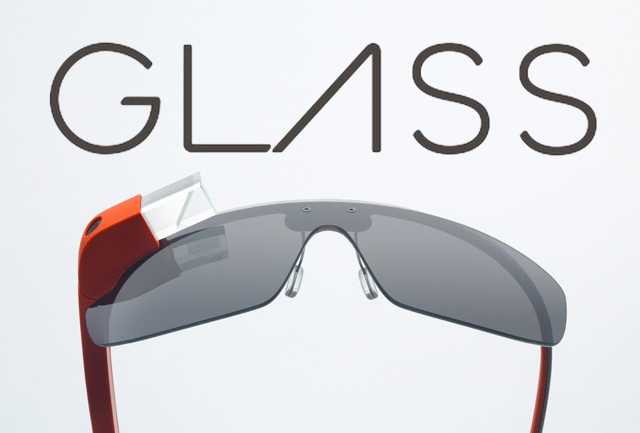
Well it seems that Google’s Glass product could be put at a reasonable cost at launch, said local researcher at the Topology Research Institute yesterday, according to a newspaper report from the China Post and Android Authority.
Google Glass is expected to carry an initial price tag of US$299, according to Jason Tsai from Topology who spoke to reporters on the sidelines at a local seminar on wearable devices in Taiwan.
Display components for the Glass project product is suspected to be supplied by Taiwan-based Himax Display Inc., and will cost between US$30 and US$35. This is expected to account for the biggest share of the total cost in the near term, he said.
Google did announced on July 22 that it had agreed to buy a 6.3-percent stake in Himax Display, which produces liquid crystal on silicon (LCOS) chips and modules used in devices such as the Google Glass, head-up displays as well as handheld projectors.
Tsai has gone onto the record to state:
We believe wearable devices will face the first wave of growth in the coming one to three years due to their innovative features, and will then experience a rapid growth in the next phase when the market becomes more mature,
According to Topology’s own projections, the global output value of wearable devices is expected to grow from US$1.2 billion in 2011 to US$18.3 billion by 2018.
Research firm IHS Inc. forecast that shipments of smart glasses might increase by 150 percent to 124,000 units in this year alone, mainly driven by sales to developers. The global market for smart glasses could amount to almost 10 million units from 2012 to 2016.
Of course this could also be a valid reason for Google to pass on production of Glass onto its subsidiary, Motorola Mobility LLC, which was earlier reported by Ausdroid this week.
So what are your thoughts on this development? Could Google Glass be mass produced by Motorola Mobility and have an initial cost of $299?




Depends on their aim. I would inflate the price at launch – as the only such device on the market they can do that and bank on the coolness factor.
On the other hand if they don’t think the public is ready for it they can take the Nexus low cost high adoption option.